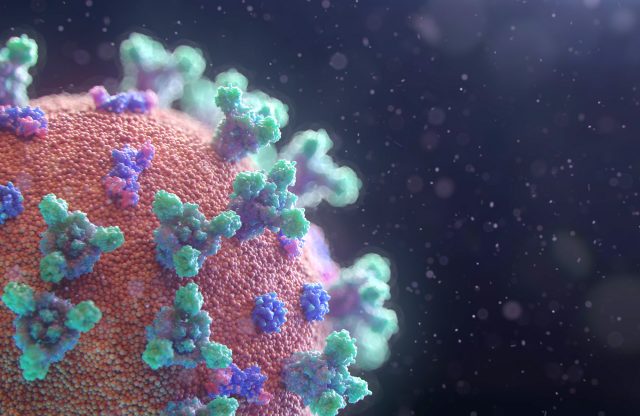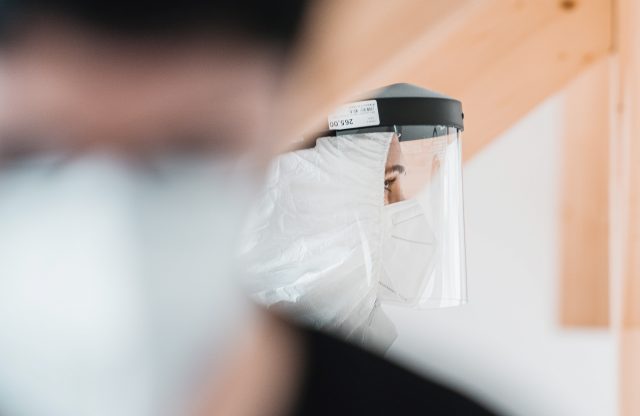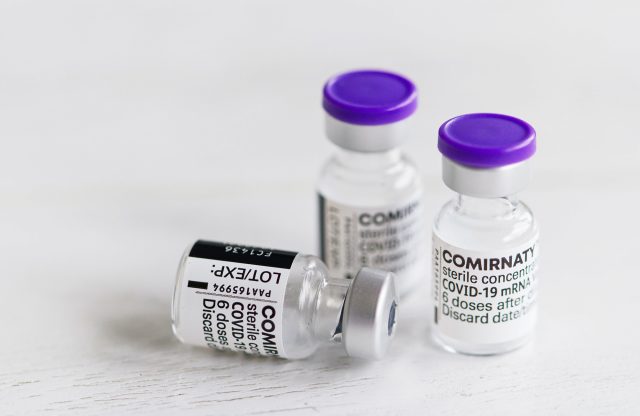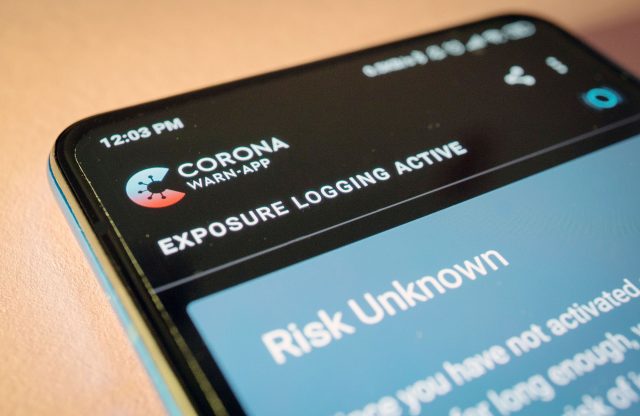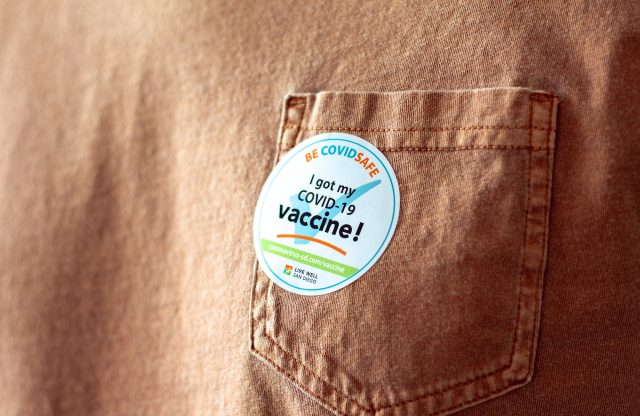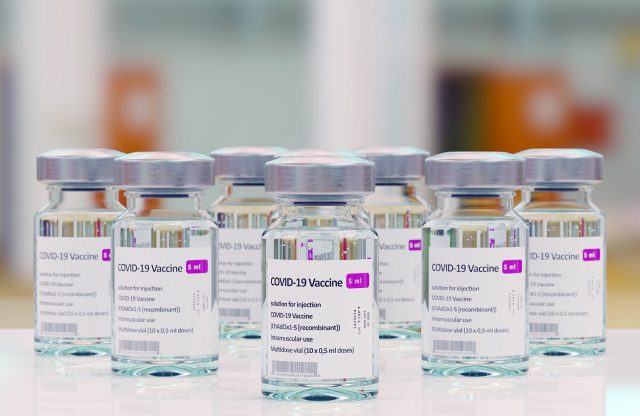Dr Robert Hess: Weekly Omicron Update

Dr Robert Hess – 01/27/2022
Dr Robert Hess: Weekly Omicron Update
An end to the Omicron wave is in sight
All regulations and restrictions in England have now been removed (though not in Scotland, Wales or Northern Ireland where such decisions are devolved to regional parliaments). According to UK Health Minister Sajid Javid, England will be the most open country in Europe. Omicron cases also appear to be peaking in the United States, although the number of deaths has not yet shown any sign of falling away. On Tuesday, Pfizer/BioNtech announced the start of clinical trials for their new Omicron vaccine. Meanwhile, a new Omicron subvariant is coming under global scrutiny.
Restrictions put in place to stem the Omicron wave will be ditched in England on Thursday. Mandatory mask-wearing, COVID-19 vaccination passports and Home Office guidelines – known as Plan B – will no longer apply. According to Health Minister Sajid Javid, this will make England “the most open country in Europe”.
But are the restrictions being lifted too soon? Infection numbers may be down, but they are still well above the levels seen at the height of last winter.
This time, however, the starting point is different. A combination of immunity built up through vaccination and previous infections makes England – and indeed the rest of the UK – one of the best protected countries in the world. According to the latest data from the Office for National Statistics, more than 97% of the population has antibodies. At the start of the pandemic, of course, that percentage was zero. This does not necessarily mean that the population is immune to infection, but their immune system is at least better equipped to fight the virus. The result is that COVID-19 now causes milder illness and the mortality rate has dropped significantly. However, this is also partly due to the fact that Omicron is inherently less severe.
This combination has helped to keep the number of deaths in recent weeks much lower than in previous waves and at a level comparable to a severe flu season. Objectively, this is pretty much the best-case scenario compared to what was predicted when Omicron first arrived on the scene.
Hospital admissions in England appear to have peaked at just over 2,000 per day – only a third or a quarter of the figure predicted by modeling for a worst-case scenario; even the Scientific Advisory Group for Emergencies (SAGE) which officially advises the government expected it to be at least 3,000.
Omicron cases also appear to be slowly but surely peaking in the USA. However, the number of deaths continues to rise. As many as 700,000 new cases are reported daily in the United States. This is fewer than earlier in January, but still far more than any previous increase. We expect a similar trend here to the one seen in Europe.
Pfizer/BioNTech announced on Tuesday that they have begun clinical trials for the new version of their vaccine that specifically targets the COVID-19 Omicron variant. They plan to test the immune response elicited by the Omicron vaccine on 1,400 volunteers in the United States. It will be administered both as a triple shot to unvaccinated persons and as a booster shot for individuals who have already received two doses of the manufacturer’s original vaccine. They are also testing a fourth dose of the current vaccine against a fourth dose of the Omicron-based vaccine in people who received a third dose of the original vaccine three to six months earlier.
Pfizer/BioNTech further announced that, depending on the amount of clinical trial data required by regulatory agencies (FDA, EMA, etc.), it is quite possible that the original plan to launch the Omicron vaccine by the end of March may not be realized.
Some countries have already begun offering additional booster doses. However, a recent study from Israel has already shown that, while a fourth dose of mRNA vaccine increases antibodies, this is not sufficient to prevent infection with Omicron.
Just when some countries are experiencing a decline in cases and restrictions are being relaxed, scientists are now observing another sub-lineage of the Omicron variant which has been designated BA.2. Is this the beginning of another worst possible timing scenario? The subvariant has spread rapidly in Denmark and the United Kingdom, with BA.2 accounting for nearly half of the recent cases in Denmark. BA.2 has been circulating in the United Kingdom for some time, but at a lower level than BA.1, the Omicron type that predominates there. In parts of India and the Philippines, BA.2 is the main version of Omicron.
In previous waves, there were large regional differences as to which sub-lineage of a particular variant would succeed in asserting its dominance.
While BA.2 is definitely something to keep an eye on, from what we know so far, it does not present any great cause for concern. It could be that it has a slightly higher transmission rate compared to BA.1, but from the data currently available, it does not appear to cause more severe symptoms or to manifest special abilities to bypass the immune system. However, we await further developments.

